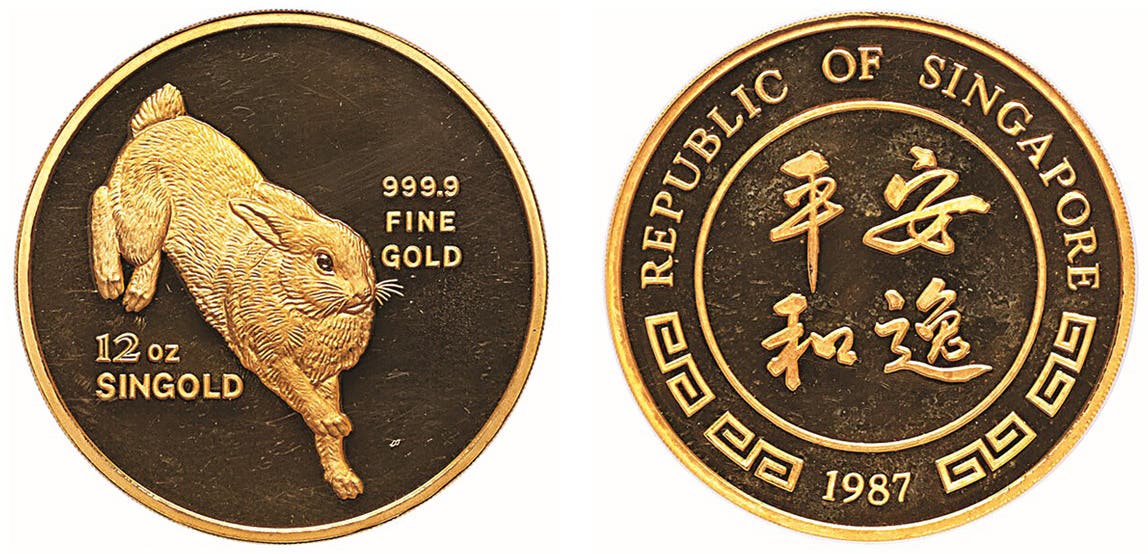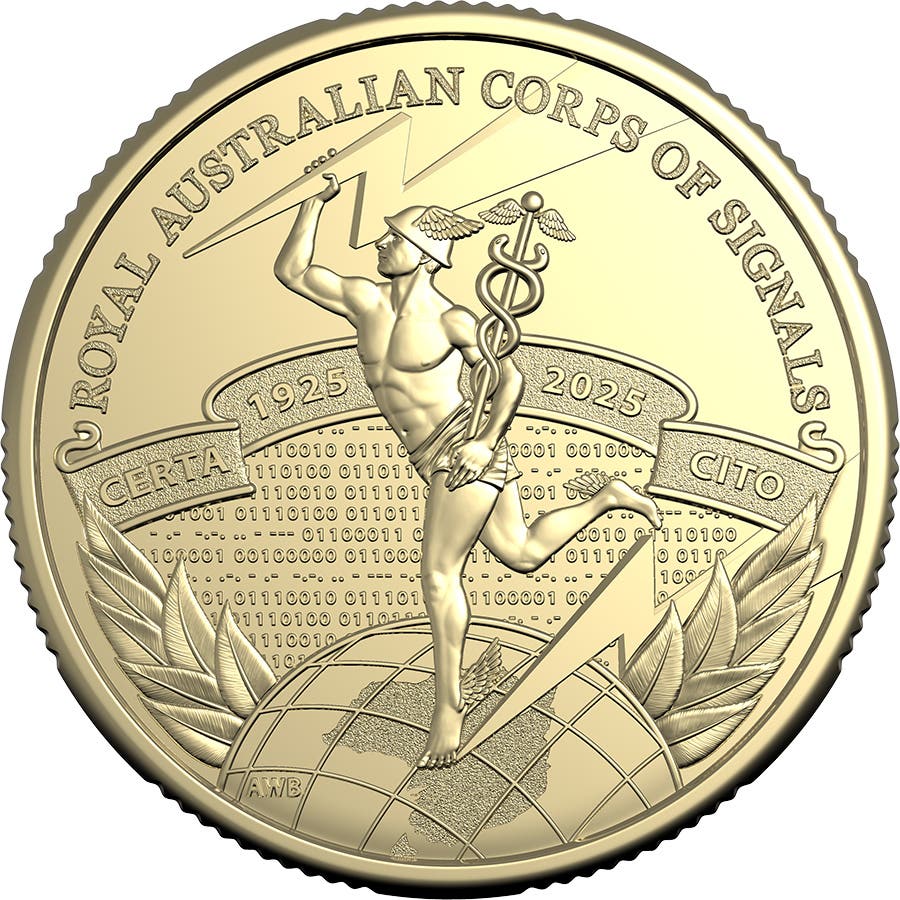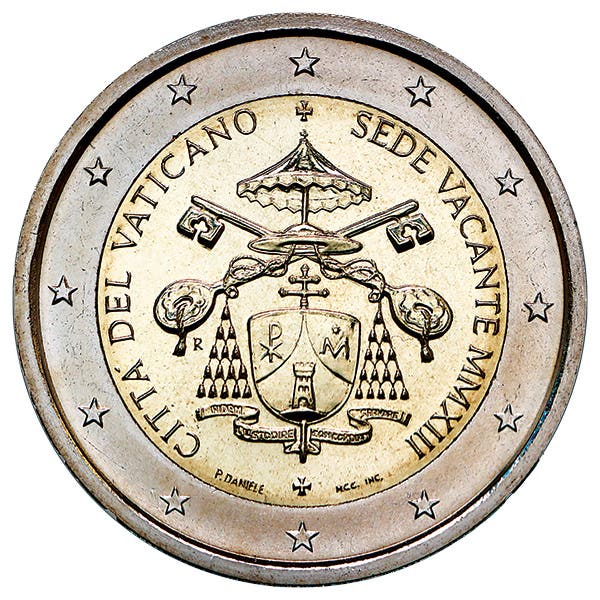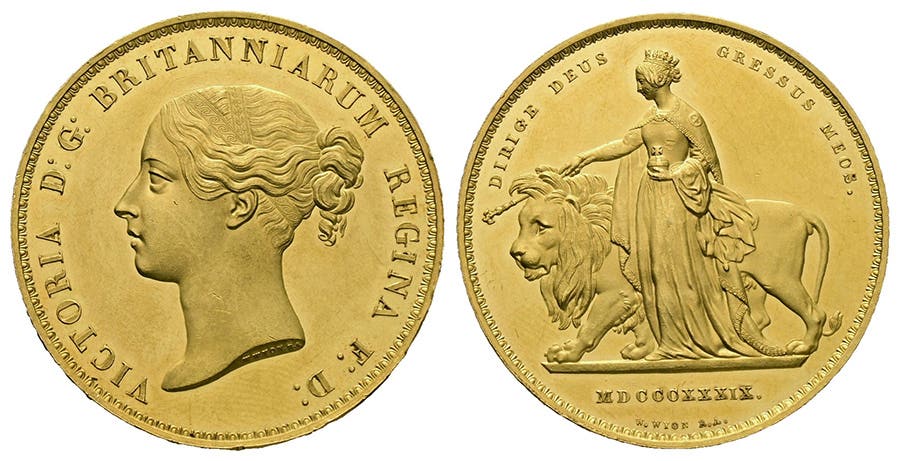Switzerland to Lock in Coins as Cash
At a time when much of the rest of the world is considering if a cashless society may be inevitable, Switzerland is hunkering down, ensuring its cherished franc coins and…
At a time when much of the rest of the world is considering if a cashless society may be inevitable, Switzerland is hunkering down, ensuring its cherished franc coins and bank notes remain as legal tender.
Often considered the currency of choice as a safe harbor for funds, the Swiss franc has been a bastion of stability even when the rest of the world’s economy is in turmoil. Although the United States government can now view what U.S. citizens have sequestered in Swiss bank accounts, this hasn’t deterred many from having their money locked away in Swiss rather than in domestic banks.
The Swiss federal government is seeking to amend Switzerland’s constitution to make cash a legal right. The issue is of sufficient importance that seven members serving as the joint head of state and government along with the Federal Council of Switzerland officially stated, “the importance, for the economy and society, of the role [is] played by cash.”
The proposal to retain coins and bank notes as legal tender requires a petition signed by 100,000 citizens, or 1.2 percent of the population by August 2024.
There is some irony in this move, since, according to Swiss National Bank research, cash transactions are now mainly used only for values of less than 20 francs or about $23 U.S. Most financial transactions are being conducted by debit and credit cards, or by mobile telephone payment apps. In the three years between 2017 and 2020 the amount of cash payments being conducted in Switzerland shrank from about 70 to 43 percent.
As might be anticipated, individuals above the age of 55 or are from low income households, use more cash than other forms of payment.
Switzerland currently uses Swiss National Bank notes in denominations of 1,000, 200, 100, 50, 20, and 10 francs and coins in denominations of 5, 2, and 1 franc and 50, 20, 10, and 5 centimes. The 5-franc coin is valued at about $5.50 US, making it one of the highest circulating coin denominations in the world.
The Swiss franc is the official currency and is considered to be legal tender in Switzerland, Liechtenstein, and Campione d’Italia, an Italian exclave. Some Swiss cantons accept payments in European Union euros, however any change from such transactions will be made in Swiss francs.
For Americans it is cheaper to exchange your dollars for Swiss francs in Switzerland than in the United States. It is even cheaper when a no-fee ATM card is used. Bureaux de Change outlets are available at airports and train stations throughout Switzerland. British pounds, U.S. dollars, Traveler’s checks, and European Union euro checks are accepted at airports, banks, and railway stations.
Switzerland issued 0.835 fine silver- 1/2-, 1-, 2-, and 5-franc coins through 1967 (and a silver 5 franc is 1969). If the spot price of silver is at $23 an ounce a silver 5-franc coin currently contains $9.26 in intrinsic value.
Incused lettered edge 5-franc coins of 1985 through 1993 were removed from circulation and demonetized on Jan. 1, 2004 due to rampant counterfeiting. All past silver coins have also been officially demonetized.
Switzerland’s coins have been minted at the Bern Mint since 1853 with the exception of 1968 through 1970 1/2- and 1-franc coins produced at the British Royal Mint. BRM minted coins lack the B mint mark. Between 1970 and 1985 coins struck at the Bern Mint carry no mint mark.
Swiss Confederation coinage began in 1850, two years after the formation of the federal state of Switzerland. The decimal franc denominated coins replaced coinage issued by the local cantons. The Swiss franc was initially pegged to the French franc established in 1795.
Gold 10-, 20-, and 100-franc coins were struck for circulation beginning in 1883 and 1949. All gold coins struck after 1936 are official restrikes. All gold coins were demonetized in September 1936. Silver composition coins were replaced with those of copper-nickel in 1968 and withdrawn from circulation in 1971. Shooting ‘taler’ 5-franc coins are commemorative and were not meant to circulate although many did.
Swiss cantons had the legal right to issue their own bank notes throughout much of the 19th century. The Swiss National Bank gained exclusive rights to bank note issuance in March 1881, although the first notes weren’t issued until 1907.
Switzerland’s current bank note series was issued in 2016. Previous series were demonetized 20 years after being withdrawn. More recently the law has changed and any obsolete bank notes beginning with the issue of 1976 will be able to be exchanged for current notes with no expiration date for the exchange.








